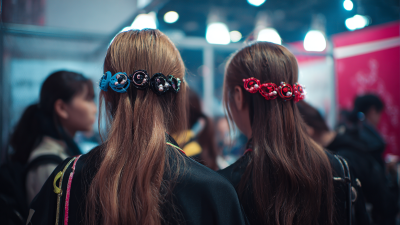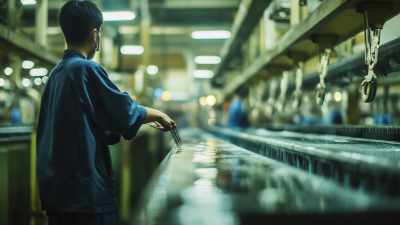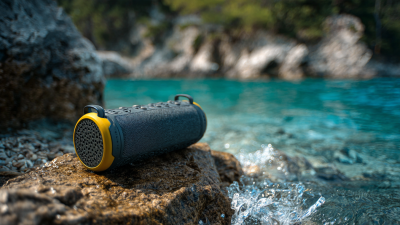In the realm of hair accessories, grip hair clips stand out as an elegant yet functional solution for securing hairstyles in place. These innovative clips leverage a blend of design and physics to provide a strong hold without causing damage to the hair. Understanding the science behind grip hair clips reveals the intricate mechanisms at play, such as the strategic shape and material selection that ensures maximum friction and stability. With their ability to accommodate various hair types and styles, grip hair clips have become a staple in both everyday settings and professional styling environments. This exploration into their functionality not only illustrates their importance in hair management but also highlights the intersection of science and beauty in our daily lives.

Hair clips are not just simple accessories; their functionality is rooted in the principles of physics, particularly friction. The design of grip hair clips involves various surface textures and materials that enhance their ability to hold hair securely. When a clip is applied to hair, the rough surfaces of the clip engage with the hair strands, creating friction. This friction is essential as it prevents the hair from slipping out and ensures that the clip remains in place throughout the day.
Moreover, the shape and structure of grip hair clips contribute to this frictional force. Many clips feature ridges or teeth that interlock with hair, further increasing grip. The combination of mechanical design and material choice, such as rubberized coatings or textured plastic, maximizes the contact area between the clip and hair, amplifying the frictional forces at play. This scientific approach to design explains why some hair clips can withstand movement and maintain their hold, reflecting the intricate relationship between physics and everyday objects in our lives.
Grip hair clips are a popular choice for many, thanks to their effectiveness in holding hair in place without causing damage. The durability and functionality of these clips largely depend on the materials used in their construction. Most grip hair clips are made from a combination of plastic and metal. High-quality plastic, such as polycarbonate or nylon, provides flexibility and resilience, ensuring that the clips can bend without breaking. Metal components, often in the form of reinforced springs or pins, enhance the grip and ensure longevity.
One crucial tip for maximizing the effectiveness of grip hair clips is to choose clips with a textured surface. The added friction helps to secure hair more firmly, reducing slippage throughout the day. Additionally, consider the size and shape of the clip: larger clips work well for thicker hair, while smaller ones are ideal for finer locks. Regularly cleaning your clips will also extend their lifespan; simply wash them with mild soap and water to remove any buildup from hair products.
Investing in high-quality grip hair clips can make a significant difference in your styling routine. Look for clips that combine durable materials with a well-designed grip mechanism to keep your hair looking flawless all day long.
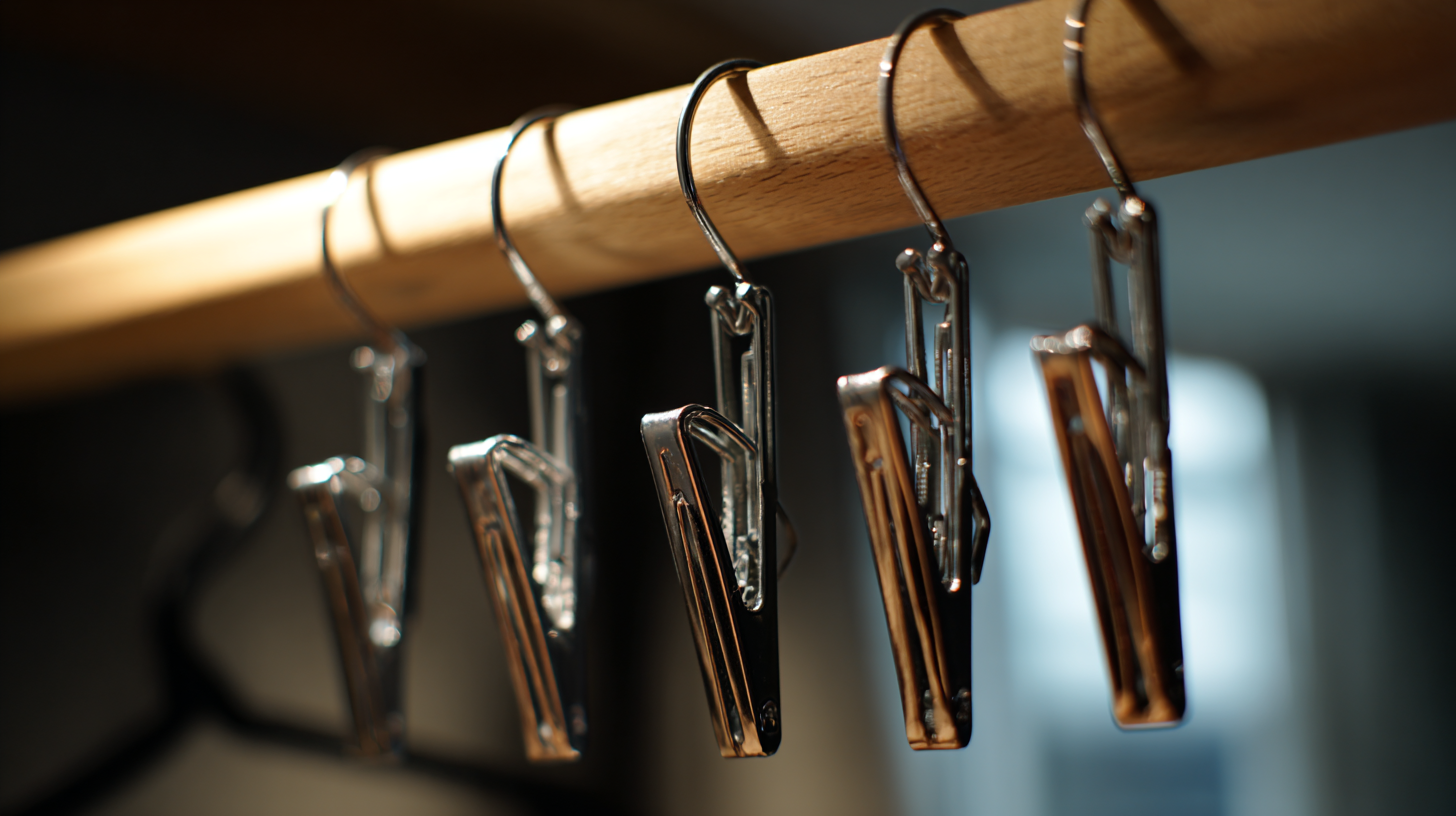
The design of grip hair clips plays a crucial role in their effectiveness at securing hair in place. Most grip clips feature a combination of curved and angular shapes that allow them to conform to the natural contours of the head. This ergonomic design minimizes slippage, as the clip grips hair not only from above but also from the sides. The incorporation of textured surfaces or serrated edges enhances this effect, providing additional friction that keeps the hair from sliding out, even during movement.
Furthermore, the structure of grip clips often involves a spring-loaded mechanism that allows for adjustable tension. This adaptability is essential for accommodating different hair types and styles; whether dealing with fine, slippery hair or thick, curly locks, the right clip can provide a secure hold without causing damage. Additionally, the materials used in these clips, often a combination of plastic and metal, contribute to both durability and flexibility, ensuring that the clips can withstand daily use while maintaining their grip. In essence, the thoughtful integration of design and structure in grip hair clips ensures they excel at keeping hair styled and secure throughout the day.
| Design Type | Material | Grip Mechanism | Suitable Hair Types | Average Hold Time |
|---|---|---|---|---|
| Classic Claw | Plastic | Claw Grip | Medium to Thick | 4-6 hours |
| French Twist | Metal | Twisting Mechanism | Long and Thick | 6-8 hours |
| Bobby Pin | Metal | Pin Grip | Fine to Medium | 2-4 hours |
| Flexi Clip | Plastic & Silicone | Flexible Hold | All Hair Types | 4-8 hours |
| Jaw Clip | Plastic | Jaw Grip | Thick | 5-7 hours |
When it comes to selecting the right grip hair clips, understanding your hair type is crucial. Different hair textures require specific clip designs that can effectively hold them in place throughout the day. For instance, those with fine, silky hair might struggle with standard clips that tend to slip off easily. Instead, specialized clips tailored for thinner hair can provide a secure grip without causing damage, ensuring that your hairstyle remains intact, regardless of the style you choose.
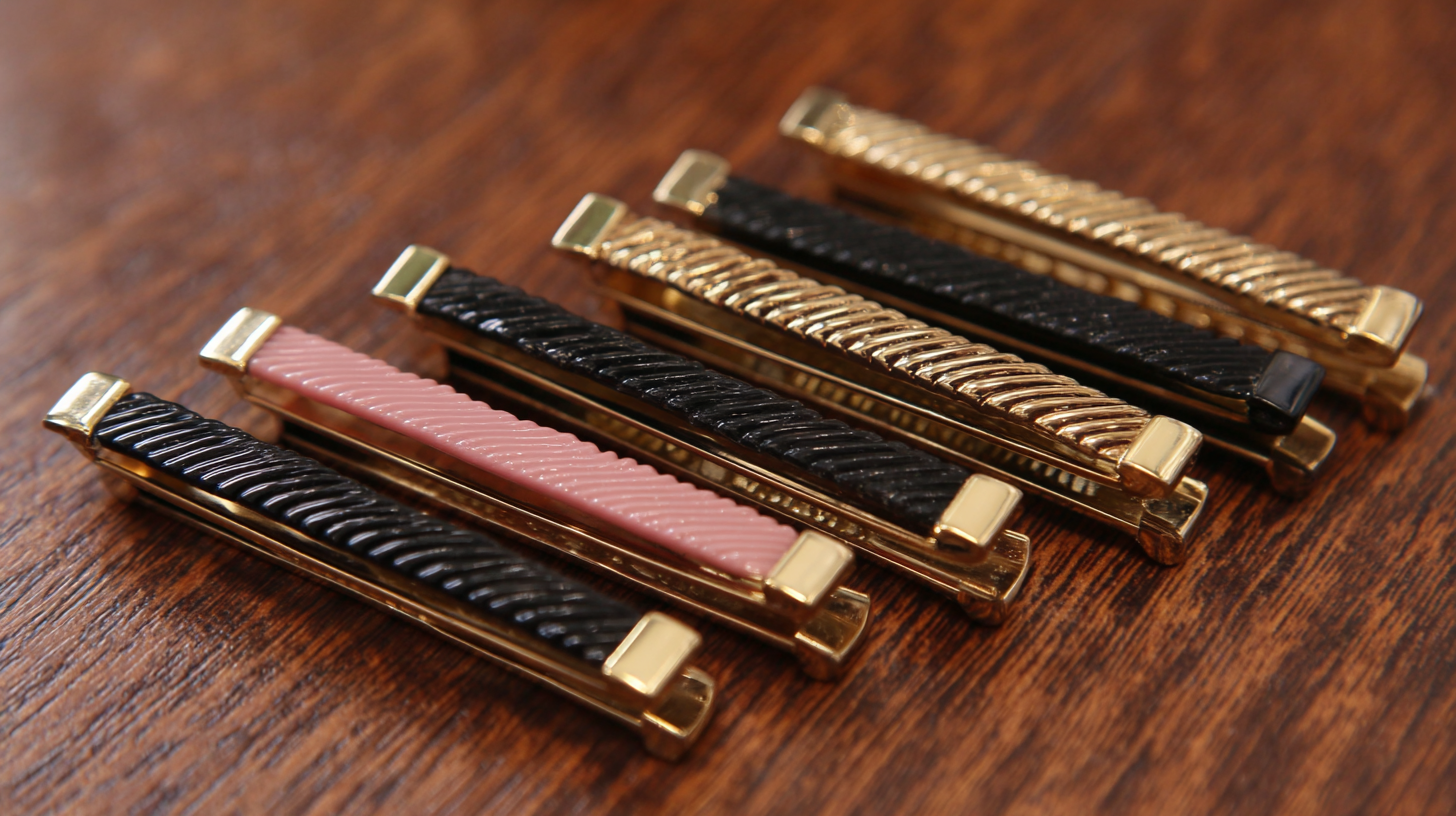
Moreover, the growing popularity of hair accessories has transformed how we view everyday styling tools. They are no longer just practical items but bold fashion statements that complement our looks. From claw clips that are favored by celebrities to various hair extension options designed for textured hair, the market offers a diverse range of products that cater to all styles and needs. Whether you're securing an updo or enhancing your volume with clip-ins, knowing your hair type will guide you to the perfect accessories, shaping both functionality and fashion in your hairstyling routine.
When using grip hair clips, there are several best practices to ensure both stylistic longevity and effectiveness. First, selecting the right size clip is essential. Clips that are too small can create tension in the hair, leading to breakage, while clips that are too large may not hold the hair securely. Opt for clips that snugly fit your hair type and amount, ensuring they are tight enough to hold but not so tight that they cause discomfort.
Additionally, it's important to prepare your hair before using clips. Starting with clean, dry hair can enhance grip, as oily or dirty hair may prevent clips from holding firmly. Consider using a light styling product or hairspray before clipping your hair up; this can add texture and increase grip. Finally, avoid overusing clips in the same area to minimize strain on your hair, and regularly change up your hairstyle to give your hair a break from tight clips. These simple tips can enhance both the durability and the aesthetic appeal of your hair styling.

